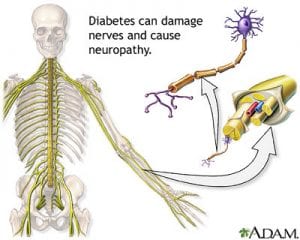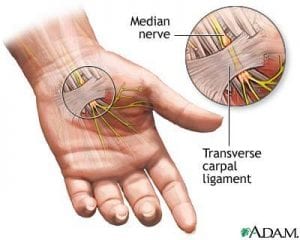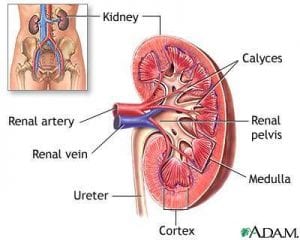 Sleep Apnea And Diabetes: Diabetes is unfortunately becoming a new trend. It is happening based on medical, social, and demographic forces. One of the causes of Diabetes is Sleep Apnea. It is now known as a major contributor of the disease. People who have Sleep Apnea stop breathing for 10 seconds or more on and off throughout the night. When this happens, it lowers the body’s oxygen blood levels and also disrupts sleep. People who suffer from Sleep Apnea are more likely to have Diabetes than those who do not have it. 50% of men who have Type 2 Diabetes suffer with Sleep Apnea.
Sleep Apnea And Diabetes: Diabetes is unfortunately becoming a new trend. It is happening based on medical, social, and demographic forces. One of the causes of Diabetes is Sleep Apnea. It is now known as a major contributor of the disease. People who have Sleep Apnea stop breathing for 10 seconds or more on and off throughout the night. When this happens, it lowers the body’s oxygen blood levels and also disrupts sleep. People who suffer from Sleep Apnea are more likely to have Diabetes than those who do not have it. 50% of men who have Type 2 Diabetes suffer with Sleep Apnea.
There are a number of factors that are involved with both Sleep Apnea and Diabetes. Stress response is one factor. When someone repeatedly wakes up from sleep and has constant interruptions of the body receiving oxygen results into stress. This makes the heart beat faster. If this occurs often, it can lead to insulin resistance, among other problems. Cortisol, which is a stress hormone, can raise both glucose levels and insulin secretion. Excess body fat is another symptom of Sleep Apnea. A high amount of body mass index which is determined by the person’s height and weight is a contributing factor in both Sleep Apnea and Diabetes.
Sleep Apnea and Diabetes have been linked to a metabolic syndrome which is also known as Syndrome X. This metabolic syndrome is known as five medical conditions put together which can cause a fivefold increase in Diabetes. The five conditions are abdominal fat, high blood pressure, elevated fasting glucose levels, high triglycerides, and low high-density lipoprotein (HDL, or “good”) cholesterol. When put together, they are some of the leading factors from Sleep Apnea and Diabetes.
There are treatments available for people with Sleep Apnea and Type 2 Diabetes. CPAP which is known as Continuous Positive Airway Pressure is an option that also helps Diabetes which is a proving factor that Sleep Apnea does play a role in the way Type 2 Diabetes effects people. The device used for CPAP is a small mask that goes over the nose and sometimes the mouth. It is attached to a machine that releases a light air pressure in the throat which keeps the airway open. This is an excellent way to help sleeping patterns return to normal and also improve blood glucose levels.
Many doctors do not even know the association between Diabetes and Sleep Apnea. Screenings that can help someone who already has Diabetes determine if they have Sleep Apnea should be done routinely. There are a few questions to ask yourself which can give you a clue into if you have this problem. Do you snore? Do you have high blood pressure? Are you tired after a full nights sleep? If the answer is yes, you will need to address this issue with your healthcare provider. Having this taken care of can not only have you sleeping much better, it can lower your resistance of insulin. Next time you make an appointment, be sure to bring this topic up to see if you are one of the many people who suffer from Sleep Apnea.
 Defining
Defining 
 The medical condition known as
The medical condition known as  Treating
Treating